Fort Bliss I
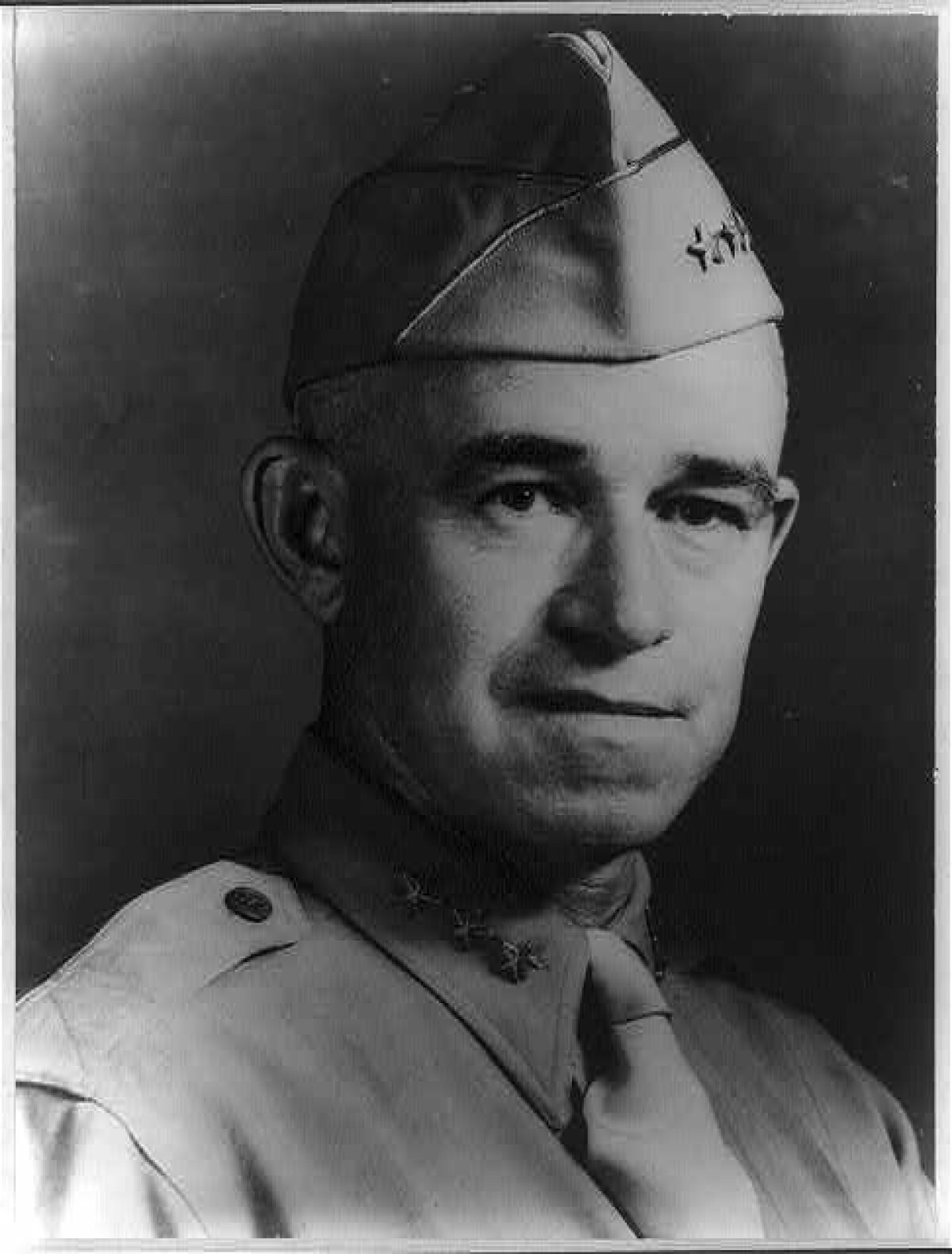
Fort Bliss I
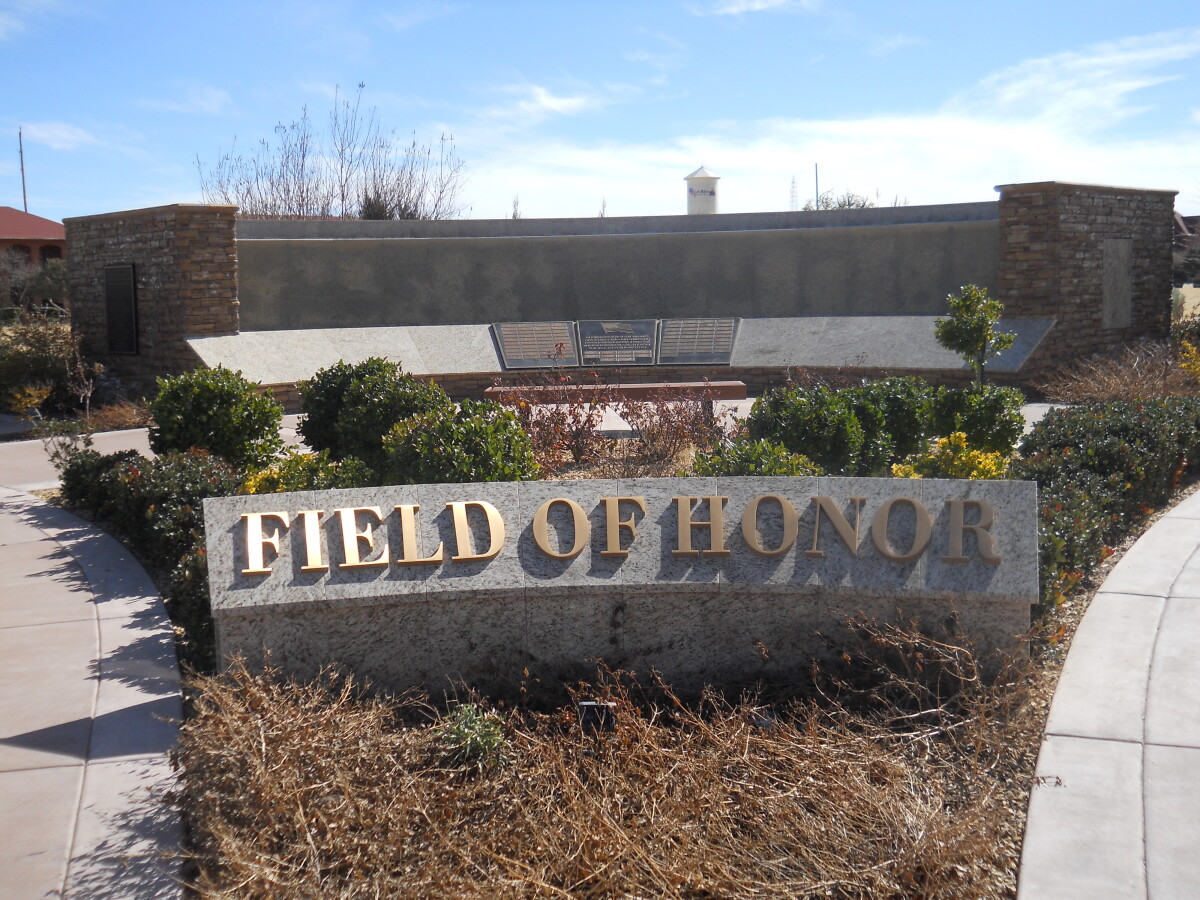
Fort Bliss I
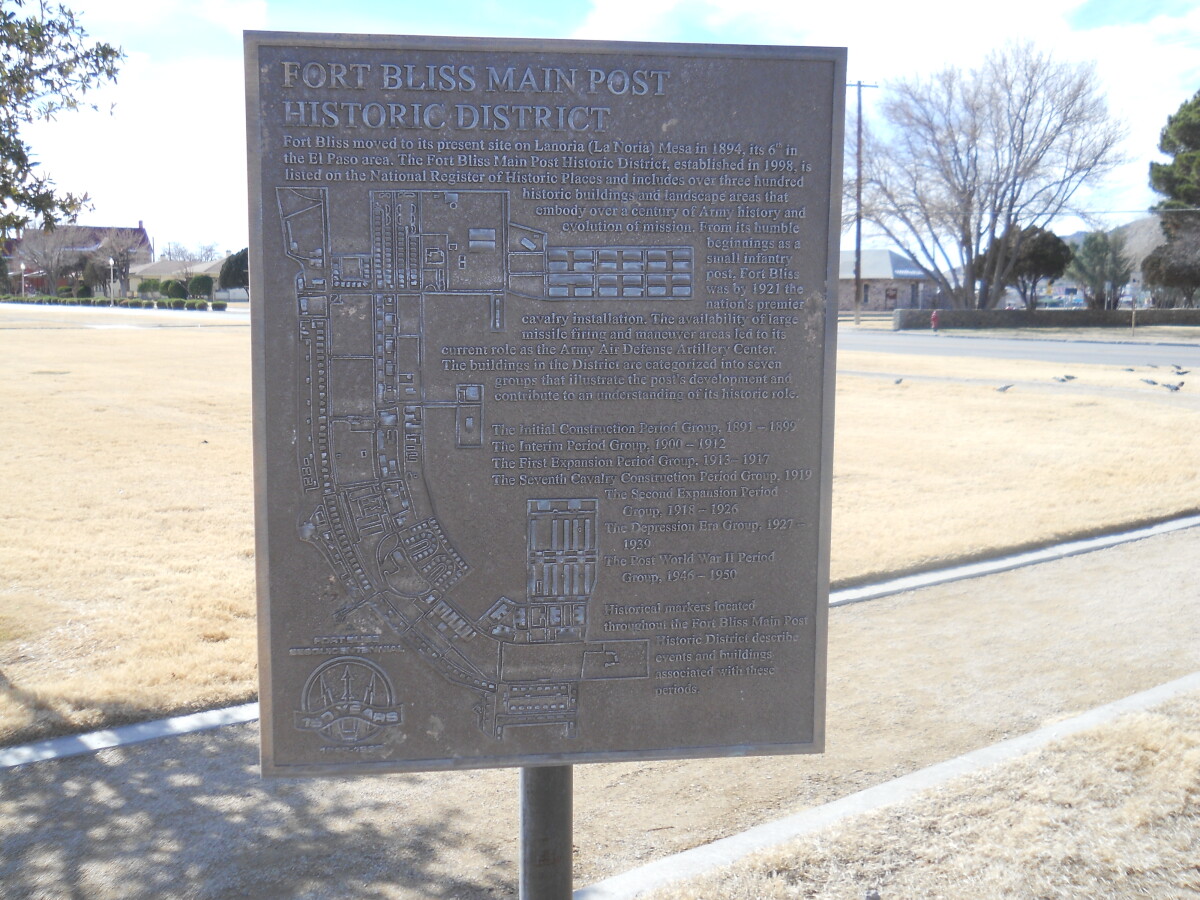
Fort Bliss I
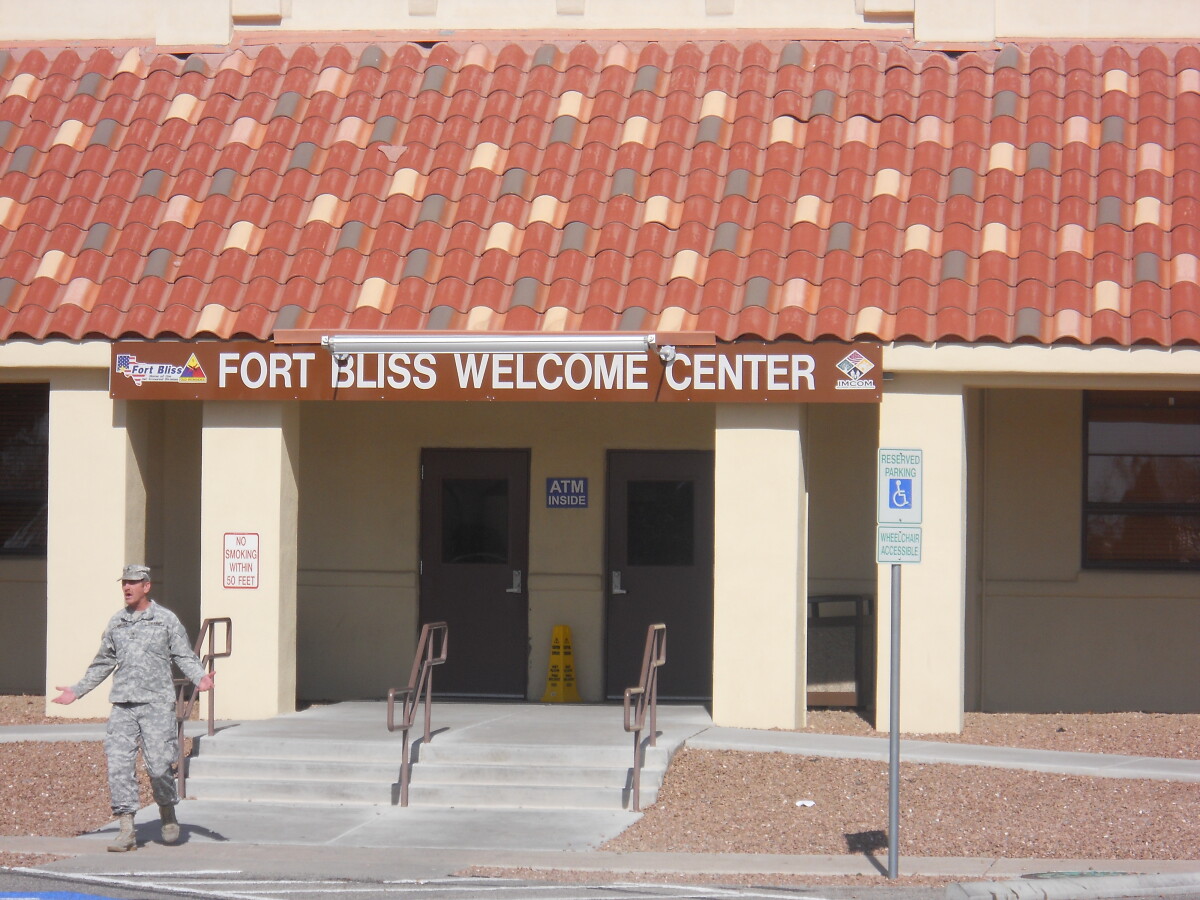
Fort Bliss I
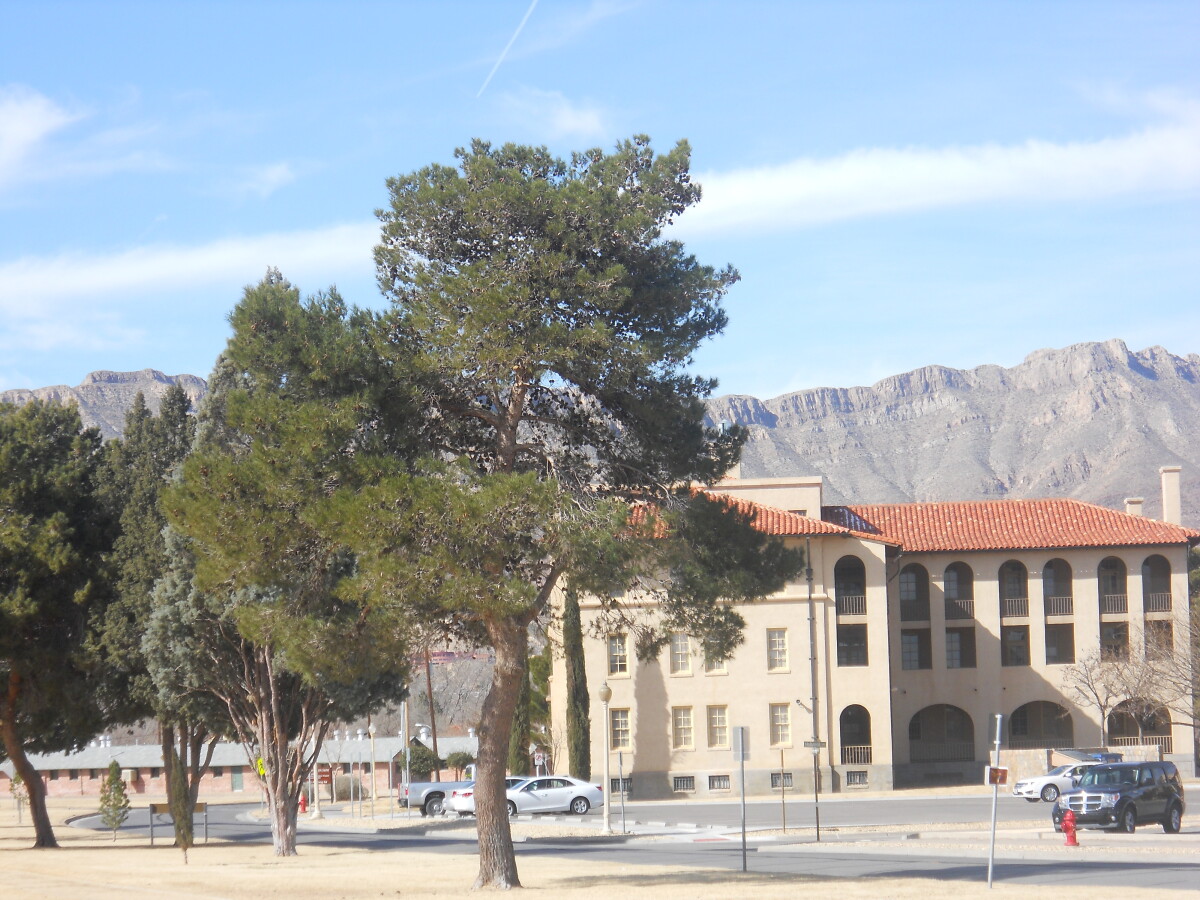
Fort Bliss I
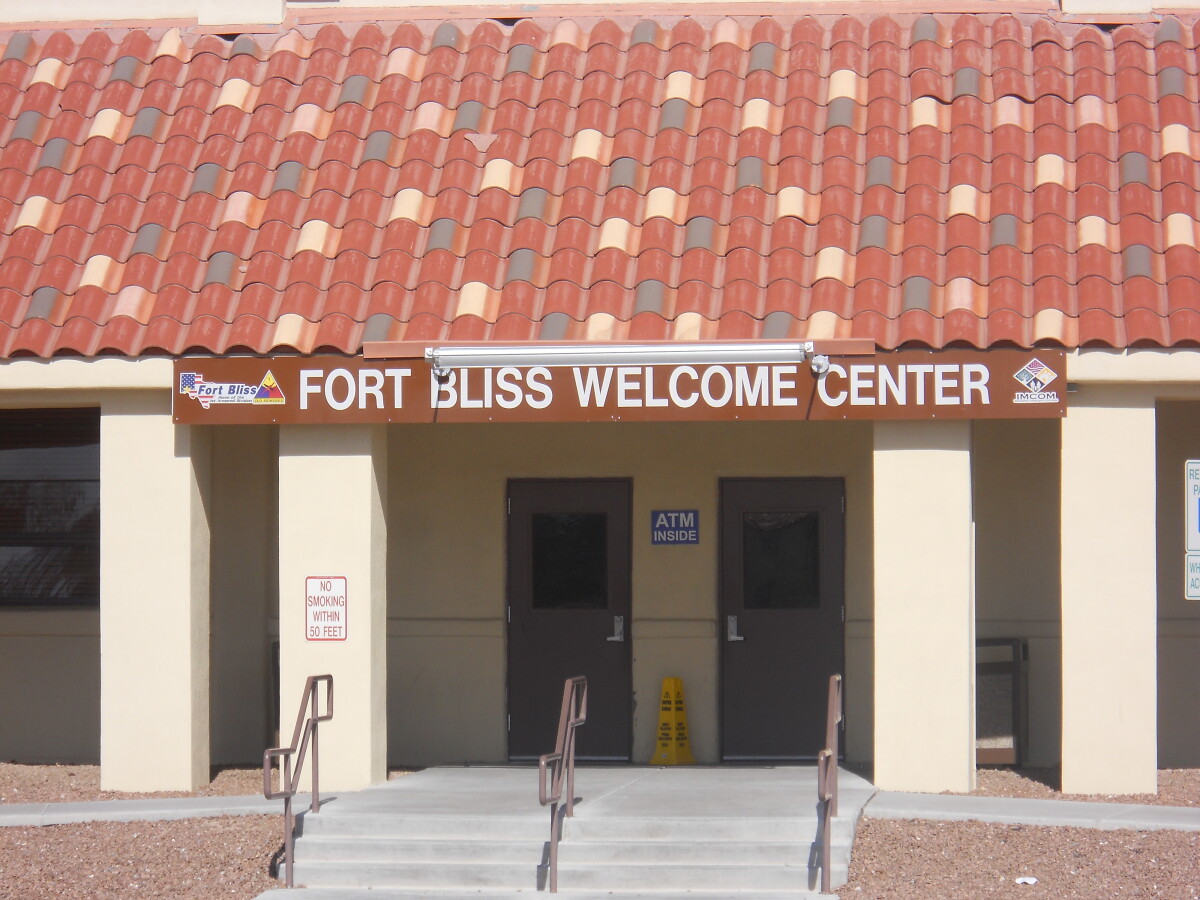
Fort Bliss I
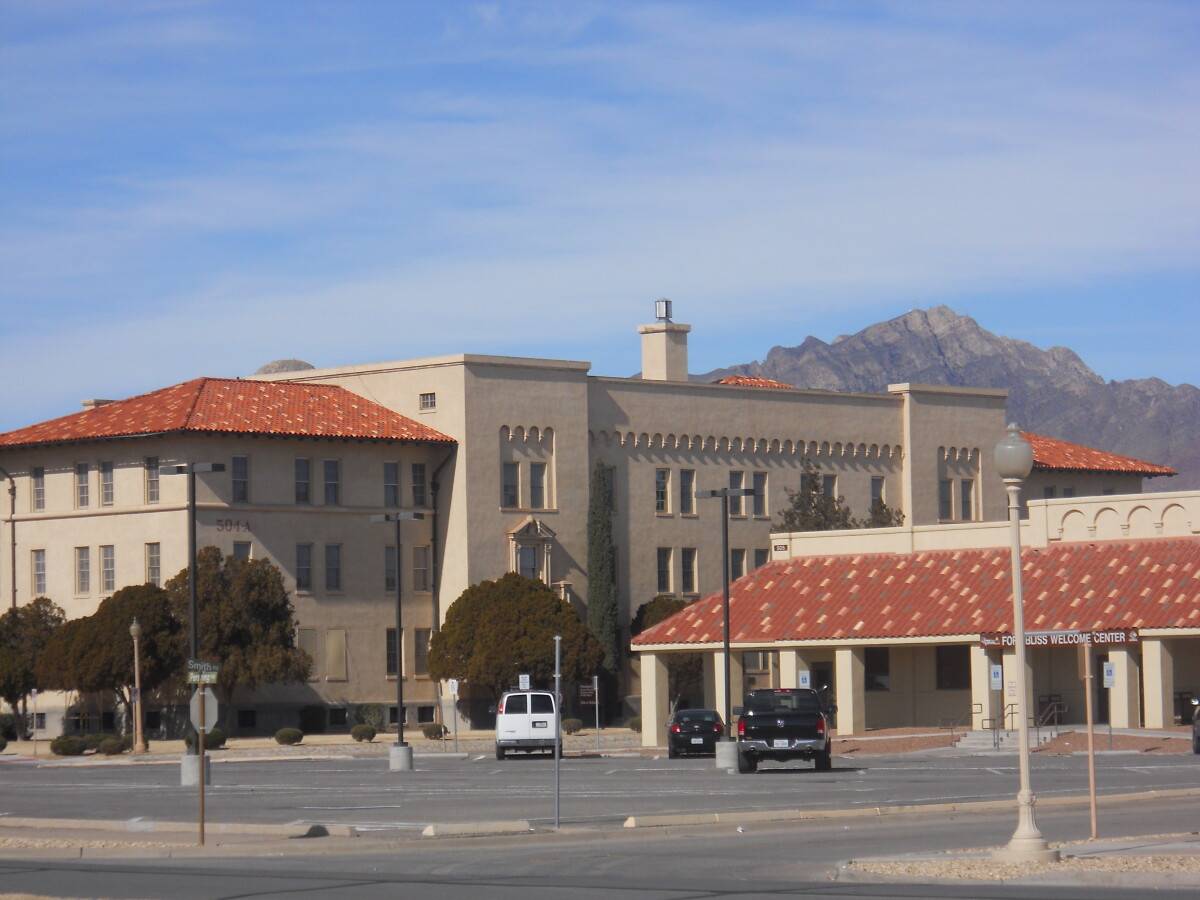
Fort Bliss I
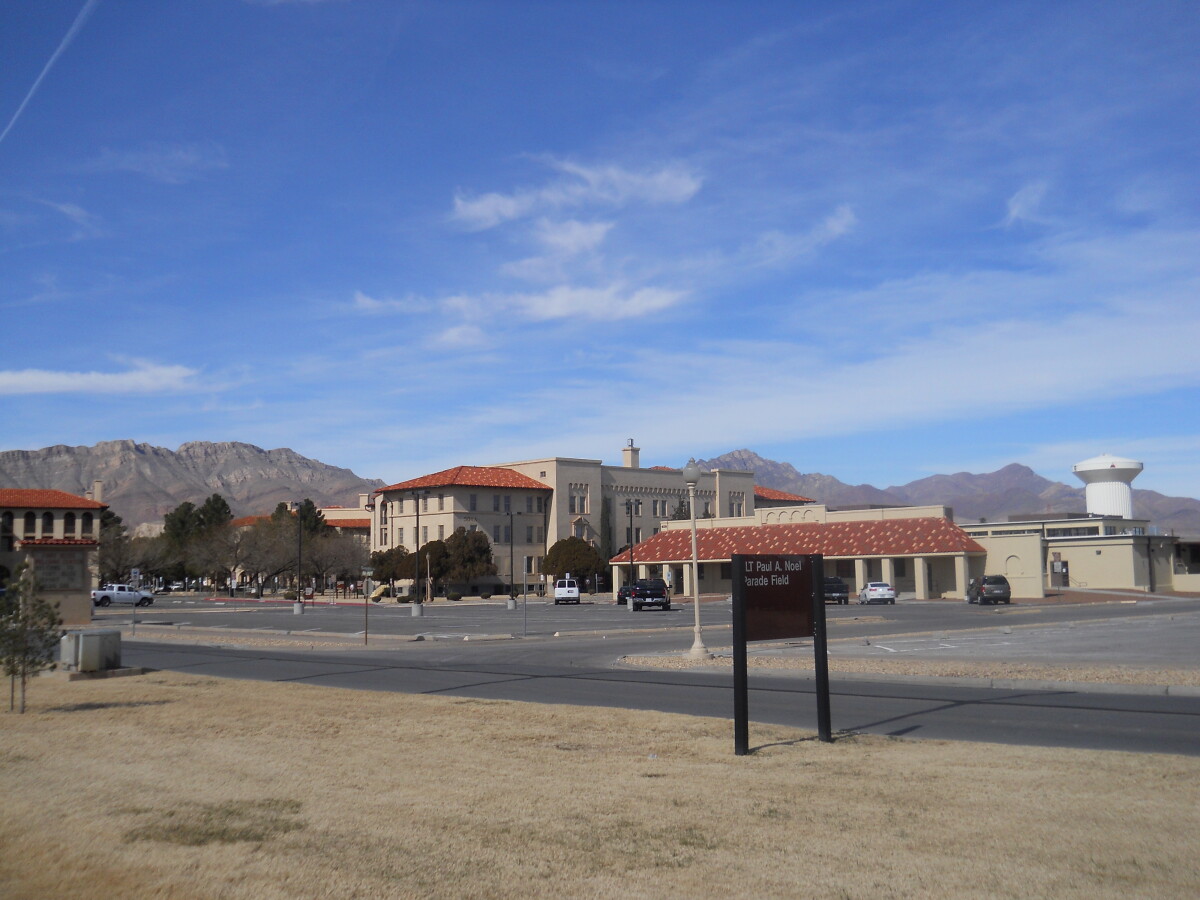
Fort Bliss I
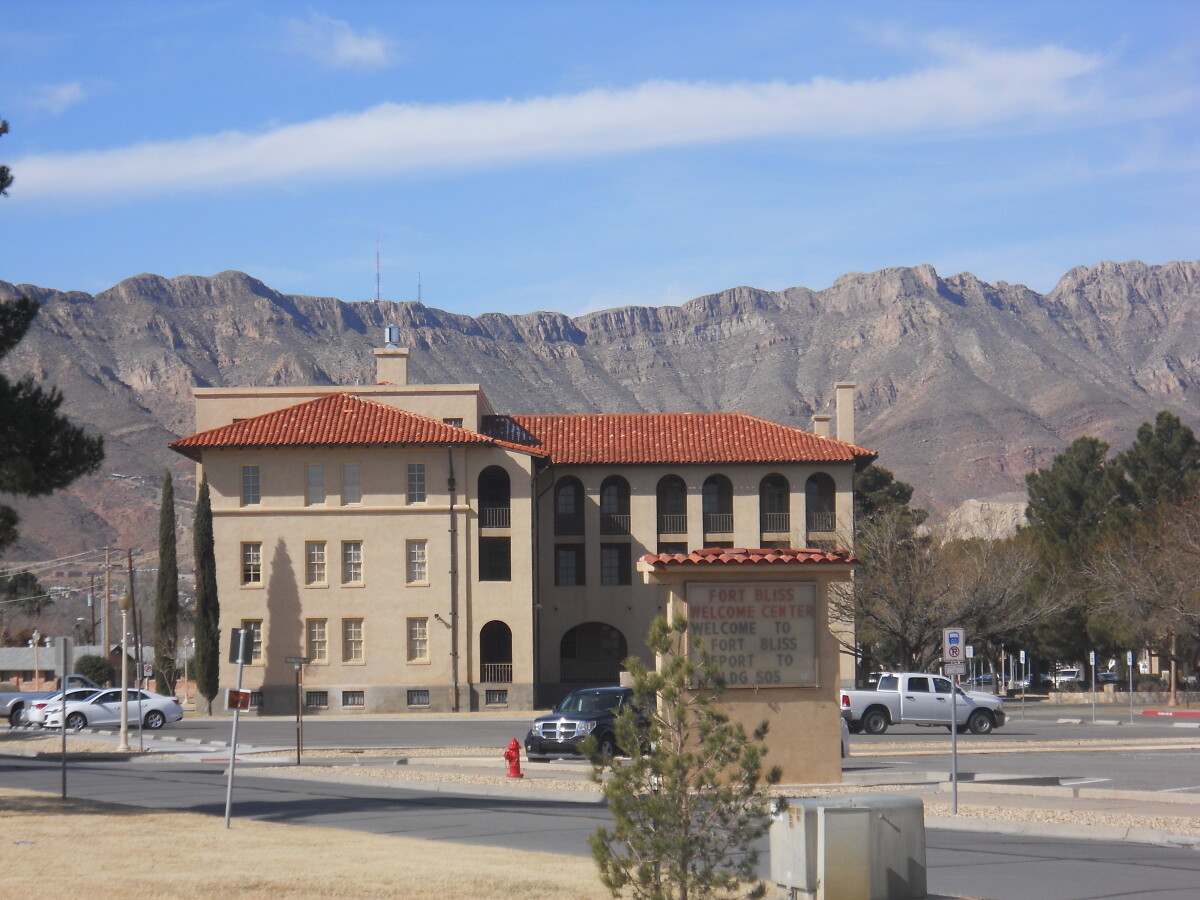
Fort Bliss I

Fort Bliss I
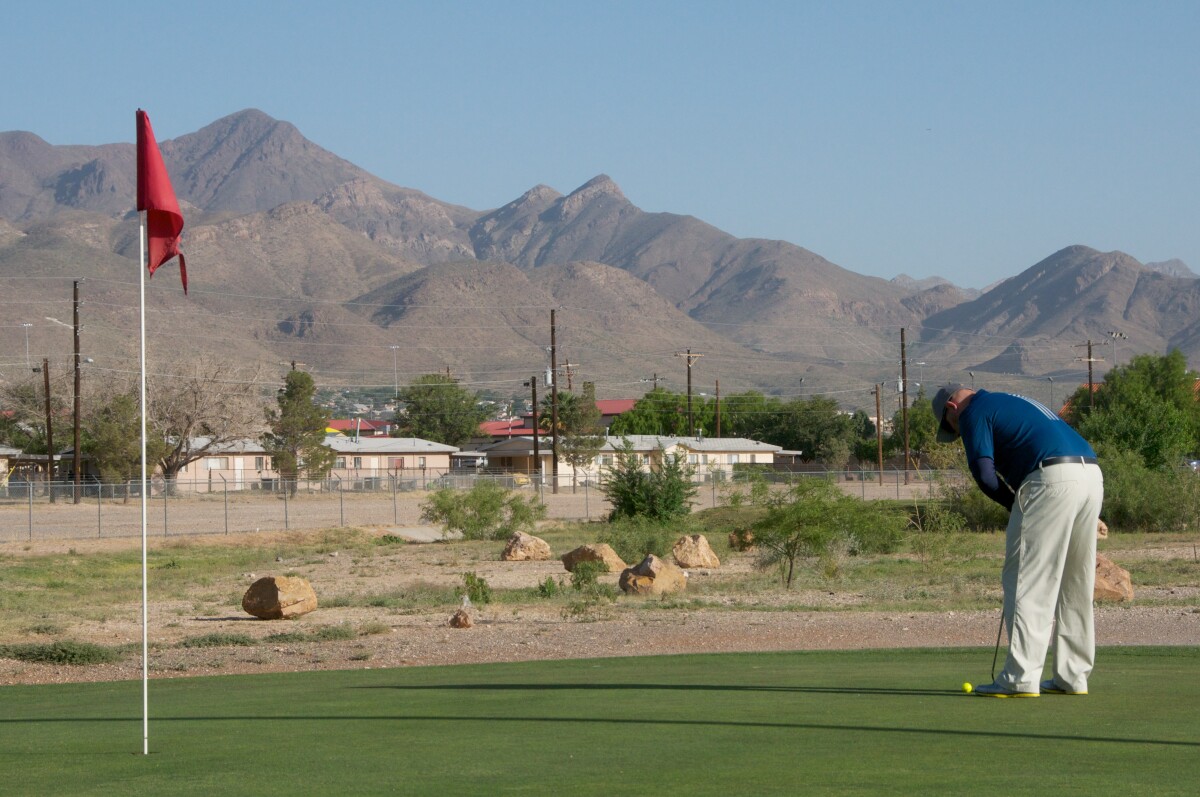
Fort Bliss I

Fort Bliss I

Fort Bliss I
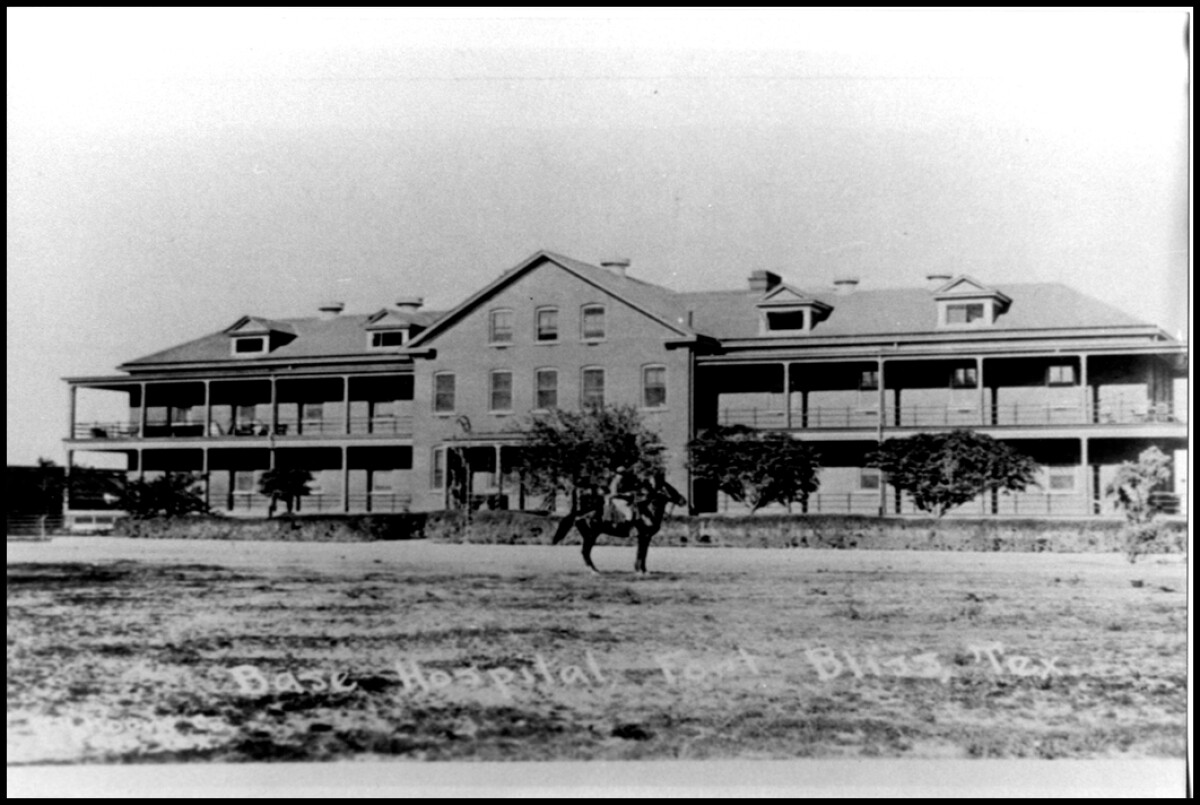
Fort Bliss I
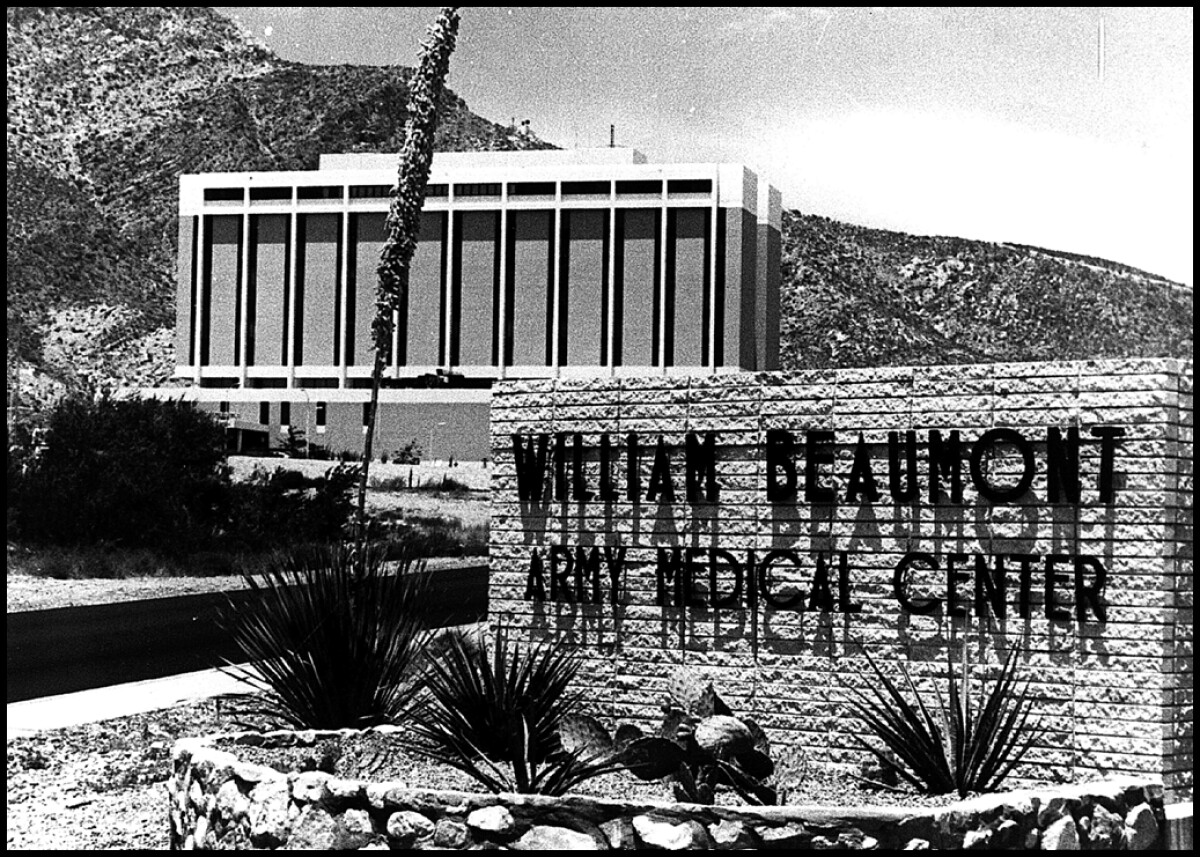
Fort Bliss I
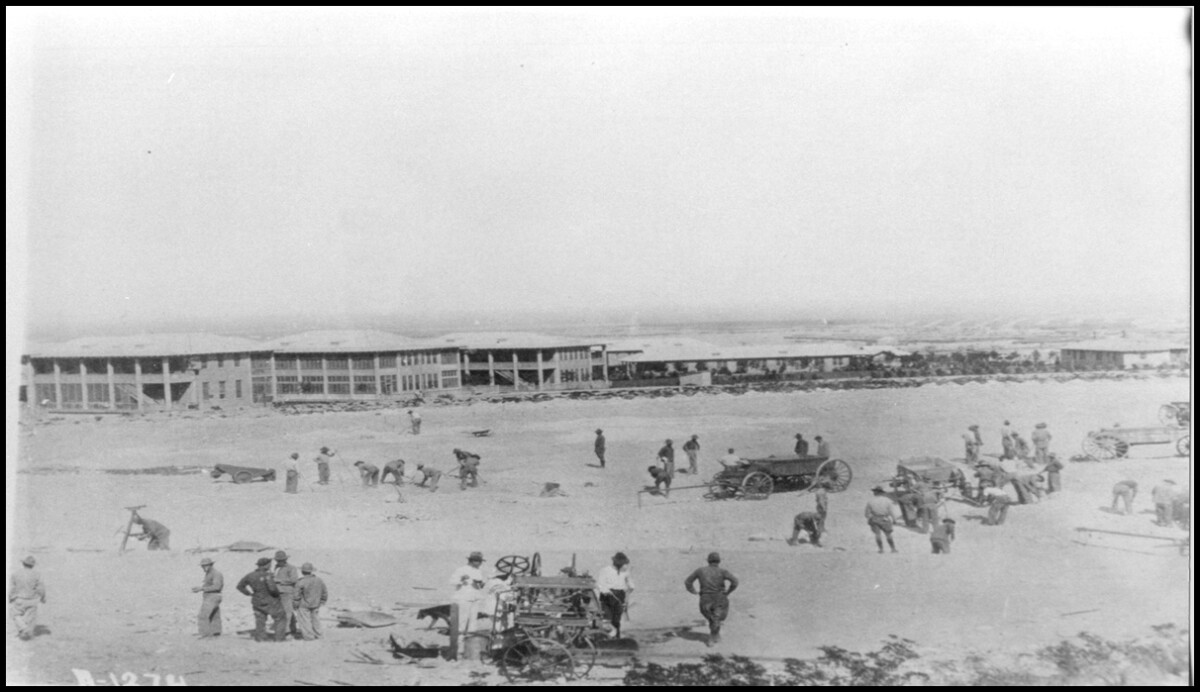
Fort Bliss I
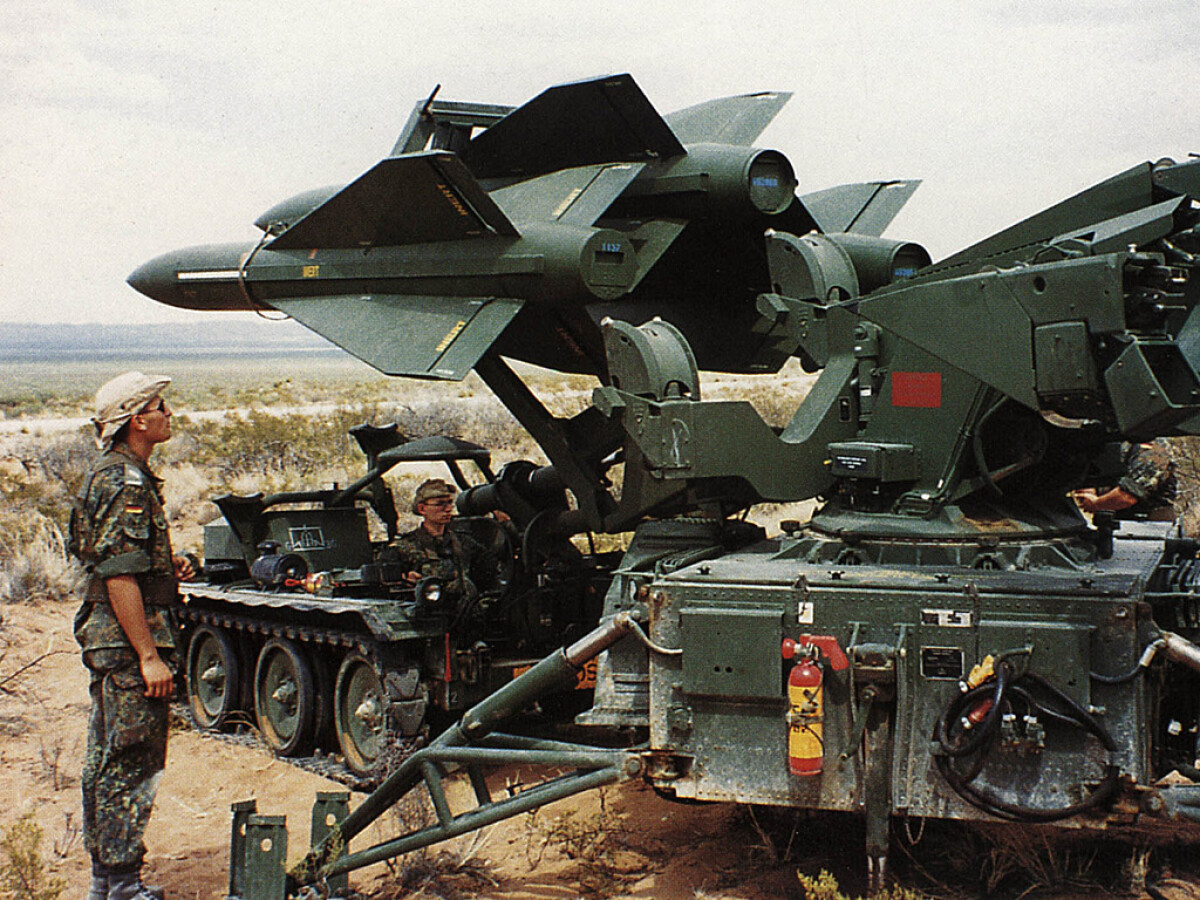
Fort Bliss I
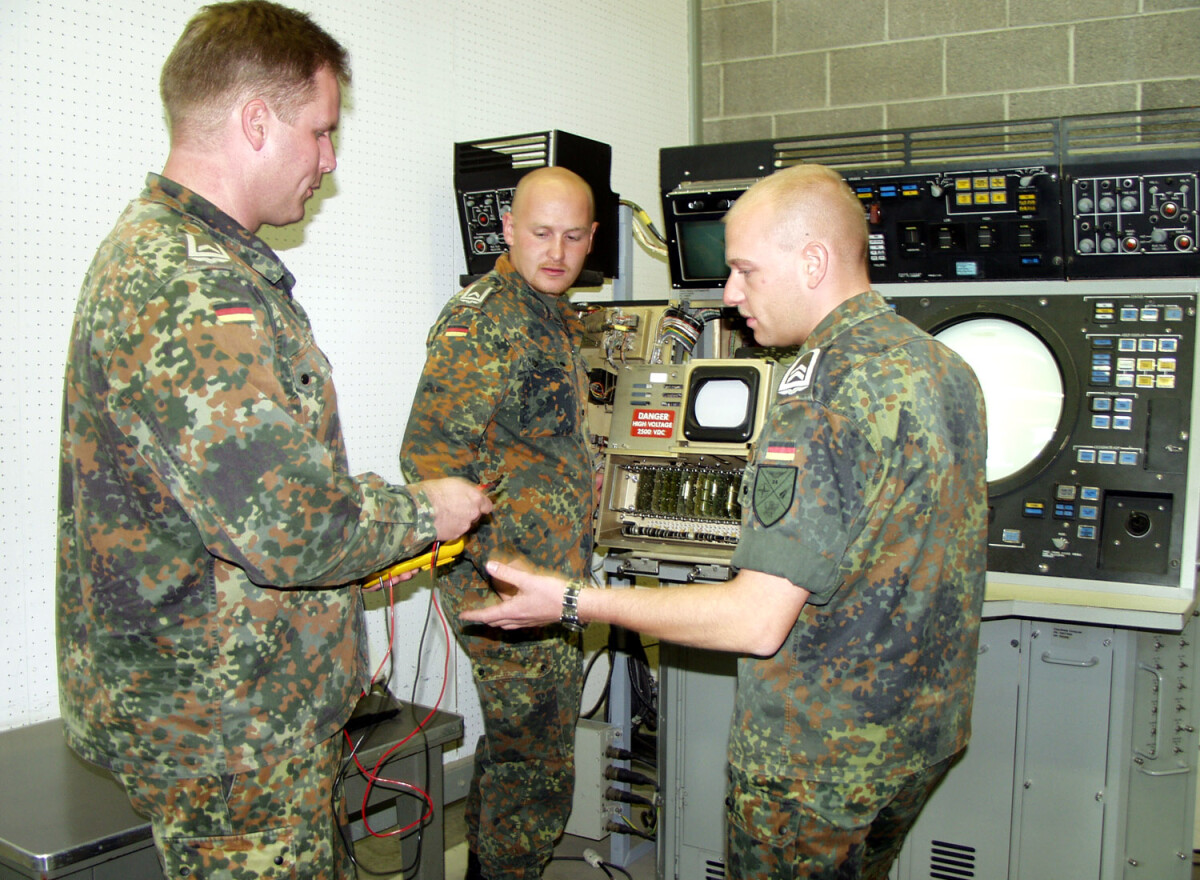
Fort Bliss I
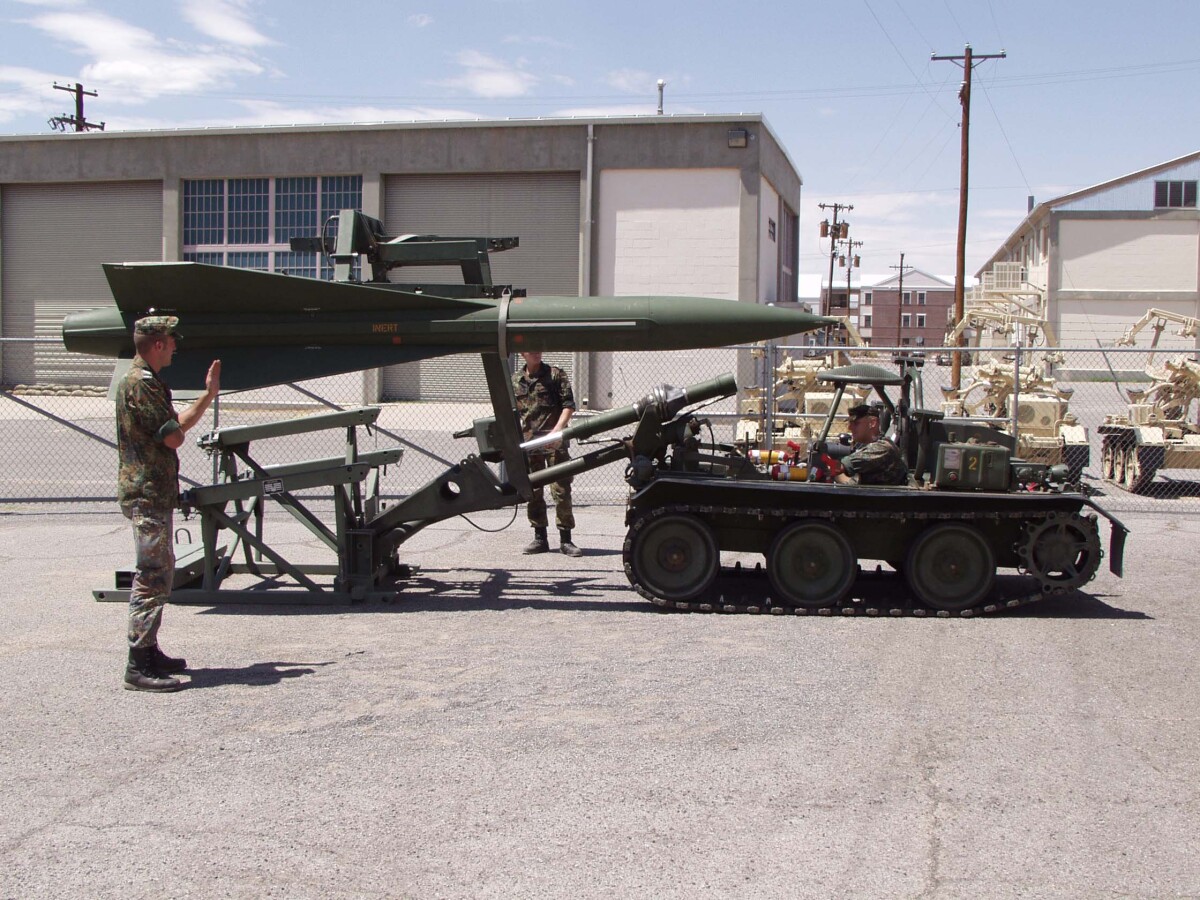
Fort Bliss I
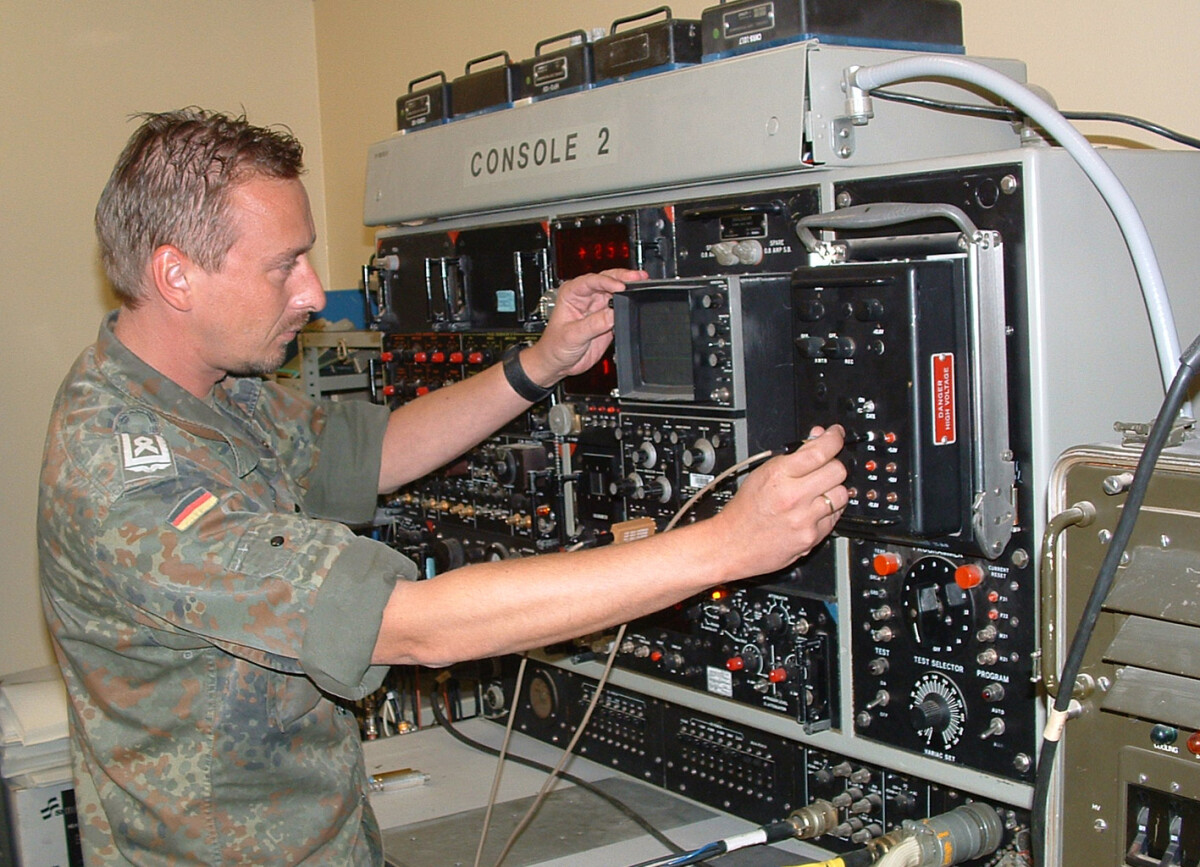
General Omar N. Bradley - El Paso, Texas
From 1977 until his death in 1981 Omar N. Bradley, five-star general of the United States Army, lived and worked at Fort Bliss. Omar Nelson Bradley was born literally in a log cabin near Clark, Missouri, on 12 February 1893, the only surviving child of schoolteacher John Smith Bradley and Sarah Elizabeth Bradley, nee Hubbard. The environment of Bradley's youth in rural Missouri was impoverished, but he received a good secondary education, becoming a star player on the Moberly High School baseball team. To supplement the family income, he also became a crack shot. He went to work for the Wabash Railroad after high school graduation in order to earn enough money to enter the University of Missouri. Bradley's plans changed, though, when his Sunday School superintendent recommended that he apply for an appointment to West Point. After placing first in the competitive exams for his district that were held at Jefferson Barracks in St. Louis, he received an appointment from Congressman William M. Rucker to enter the Military Academy in the fall of 1911. Bradley graduated from West Point on 12 June 1915 as a second lieutenant of Infantry. Three months later he joined the 14th Infantry Regiment's third battalion at Fort George Wright, near Spokane, Washington, where he was exposed to the old Regular Army life that was shortly to disappear forever. Under the tutorship of Edwin Forrest Harding, another second lieutenant who was six years his senior, Bradley began a lifelong habit of studying his profession. Harding was a natural schoolmaster who led a small group of lieutenants through weekly tactical exercises that broadened into discussions of military history and current operations in Europe. Few people had a greater influence on Bradley than Harding, who convinced him that an officer had to begin studying at the very start of his career and continue to study regularly if he hoped to master his profession. International crises soon put Lieutenant Bradley's developing military skills to their first, rather modest test. When the civil war in Mexico spilled over the border into the United States, American regulars under the command of Brigadier General John J. Pershing marched into Mexico in pursuit of the rebel commander, Pancho Villa. Because of the possibility of actual war with Mexico, the War Department called up the Texas, Arizona, and New Mexico National Guard and ordered more Regular Army units to the border. Among them was the 14th Infantry, which went into camp at Douglas, Arizona. Although Bradley saw no action on the Mexican border, he learned a good deal about handling troops in field conditions, conducting long motor marches, and maintaining discipline, morale, and training in unfavorable circumstances. In the midst of the crisis, Congress passed the National Defense Act of 1916, doubling the authorized size of the Regular Army and increasing the number of infantry regiments to sixty-five. As a consequence of the expansion, Bradley found himself promoted to first lieutenant seventeen months after graduating from West Point. The crisis with Mexico passed, but Bradley and his regiment remained in the Southwest until after the United States declared war on the German Empire. At the end of World War I, Omar Bradley considered himself a professional failure because he had spent the war in the United States while his contemporaries had distinguished themselves on the battlefields of France. His gloomy self-assessment was premature. Thirty-five years later he held the highest rank in the United States Army, had been its Chief of Staff, and had served two terms as the first Chairman of the Joint Chiefs of Staff. He had also more than made up for his lack of combat duty, for during World War II he successively commanded a division, a corps, an army, and finally a group of armies. His last command, the 12th U.S. Army Group, was the largest body of American soldiers ever to serve under one field commander; at its peak it consisted of four field armies. Except for his original division assignments, Bradley won his wartime advancement on the battlefield, commanding American soldiers in North Africa, Sicily, across the Normandy beaches, and into Germany itself. His understated personal style of command left newsmen with little to write about, especially when they compared him to the more flamboyant among the Allied commanders, but his reputation as a fighter was secure among his peers and particularly with General Dwight D. Eisenhower, the Supreme Commander, who considered him indispensable. http://www.arlingtoncemetery.net/omarnels.htm
Área: Northeast / Ft. Bliss
Fuente: Library of Congress
Cargado por: El Paso Museum of History
Field of Honor
Balfour Beatty Communities Foundation conceived of the Field of Honor at Fort Bliss in 2008 and began arrangements for the development of the memorial. However, the Department of the Army placed a moratorium on the acceptance of monuments and memorials as a result of a pending U.S. Supreme Court case. The Court ultimately voted against the case and as a result the Department of the Army lifted the moratorium, allowing the Foundation to recommence development of the Field of Honor. The construction and landscaping of the Field of Honor was completed in spring 2011. The Memorial is located at the intersection of Cassidy and Sheridan Roads on Fort Bliss. Visitors are welcome at any time. The Field of Honor was funded by Balfour Beatty Communities Foundation and the land was provided by Fort Bliss. The Memorial was designed by Niles Bolton Associates and the construction effort was lead by Balfour Beatty Construction and included a consortium of local businesses. Approximately 102 tons of concrete and more than 7.75 tons of granite were used in its construction. Over 210 gallons of water flow over the granite per minute from a pool that contains over 3,700 gallons and is lit by underwater lights. Approximately 30 trees and 150 shrubs and flowers surround it. At night, 35 lights illuminate the Monument. Balfour Beatty Communities Foundation hopes that all future generations will remember how great the sacrifices and devotion of these Soldiers were, and how precious freedom and peace are. They were our family, our friends and our heroes. They will never be forgotten. http://www.bbcommunitiesfoundation.org/fieldofhonor.aspx
Área: Northeast / Ft. Bliss
Fuente: EPMH
Cargado por: El Paso Museum of History
Ft.Bliss Main Post Historic District Sign
Fort Bliss Main Post Historic District is located in El Paso County, Texas, United States.
Área: Northeast / Ft. Bliss
Fuente: EPMH
Cargado por: El Paso Museum of History
Welcome Center - 2014
Welcome Center is located at 503 Pershing Road, Fort Bliss, TX 79916. Welcome Center can be reached by their main phone number at 915-568-3035. The listed DSN line is 312-978-3035. http://www.dodhousingnetwork.com/army/fort-bliss/base-directory/welcome-and-visitors-center/56
Área: Northeast / Ft. Bliss
Fuente: EPMH
Cargado por: El Paso Museum of History
Building on Ft. Bliss
Unidentified building on Ft. Bliss. In the background the Franklin Mountains can be seen.
Área: Northeast / Ft. Bliss
Fuente: EPMH
Cargado por: El Paso Museum of History
Welcome Center
Welcome Center located on Fort Bliss.
Área: Northeast / Ft. Bliss
Fuente: EPMH
Cargado por: El Paso Museum of History
Building on Ft.Bliss
To the right of the image is the welcome center.
Área: Northeast / Ft. Bliss
Fuente: EPMH
Cargado por: El Paso Museum of History
Buildings in Ft. Bliss
Located in El Paso, TX, Fort Bliss is home to the 1st Armored Division, which returned to US soil in 2011, after 40 years in Germany. Fort Bliss is comprised of approximately 1.12 million acres of land in Texas and New Mexico. The Main Cantonment Area of Fort Bliss is located adjacent to El Paso, Texas. Fort Bliss trained thousands of U.S. Soldiers during the Cold War. As the United States gradually came to master the art of building and operating missiles, Fort Bliss became more and more important to the country, and expanded accordingly. http://www.military.com/base-guide/fort-bliss
Área: Northeast / Ft. Bliss
Fuente: EPMH
Cargado por: El Paso Museum of History
Ft.Bliss
Photograph taken from the welcome center. Located on Ft. Bliss near El Paso, Texas.
Área: Northeast / Ft. Bliss
Fuente: EPMH
Cargado por: El Paso Museum of History
Warrior Transition Battalion Golf Tournament, Fort Bliss, 2014
A member of the German Air Force Air Defense Center golf team prepares for teeing of at the Underwood golf tournament in 2014.
Área: Northeast / Ft. Bliss
Fuente: German Air Force Air Defense Center
Cargado por: El Paso Museum of History
Warrior Transition Battalion Golf Tournament, Fort Bliss, 2014
A member of the German Air Force Air Defense Center golf team puts at the Underwood Golf Complex.
Área: Northeast / Ft. Bliss
Fuente: German Air Force Air Defense Center
Cargado por: El Paso Museum of History
Warrior Transition Battalion Golf Tournament, Fort Bliss, 2014
The Underwood Golf Complex is the military golf course on Fort Bliss. It has two 18-hole golf courses.
Área: Northeast / Ft. Bliss
Fuente: German Air Force Air Defense Center
Cargado por: El Paso Museum of History
Warrior Transition Battalion Golf Tournament, Fort Bliss, 2014
Two golf players are in good mood during the Warrior Transition Battalion Golf Tournament on Fort Bliss in 2014.
Área: Northeast / Ft. Bliss
Fuente: German Air Force Air Defense Center
Cargado por: El Paso Museum of History
William Beaumont Army Hospital, Fort Bliss
The image shows William Beaumont Army Hospital on Fort Bliss, Texas. The image probably dates from around 1900. The new hospital was constructed in 1920/21, and named William Beaumont General Hospital. It was located northwest of Fort Bliss. Army Capt. (Dr.) William Beaumont did research on gastric juice and the physiology of digestion between 1820 and 1850. The hospital has expanded considerably since the 1940s and is now called the William Beaumont Army Medical Center.
Área: Northeast / Ft. Bliss
Fuente: El Paso County Medical Society
Cargado por: El Paso Museum of History
William Beaumont General Hospital under construction
The image shows William Beaumont General Hospital under construction in 1920/21. In the beginning, the army hospital was located at Fort Bliss. In 1920, construction began on 272 acres of rocky, cactus-covered land Northwest of Fort Bliss proper to build a new hospital to be named William Beaumont General Hospital in honor of Dr. Beaumont. Army Capt. (Dr.) William Beaumont did research on gastric juice and the physiology of digestion between 1820 and 1850. The hospital made of tile and stucco opened July 2, 1921, with a bed capacity for 403 patients. During and after World War II, the William Beaumont General Hospital expanded and more departments and facilities were added. As Fort Bliss continued to grow, the hospital outgrew its facilities. The alternative was a new hospital -- built alongside and to the west of the old facilities. It was dedicated on July 2, 1972. In 1973, the hospital became William Beaumont Army Medical Center, subordinate to the Army Health Services Command. The Omar N. Bradley building, an addition to the west-side of the main hospital, was opened in 1982. In November 1995, WBAMC became one of the largest buildings in El Paso with another 254,000 square feet of floor space for the Department of Veterans Affairs Health Care Center. Now, the WBAMC complex has more than one million square feet of floor space for patient care and administrative duties. In fiscal year 2014, an average of more than 3,200 patients were seen daily. The Tertiary Health Care, Research, Graduate Medical Education Programs and affiliations with institutions such as Texas Tech University School of Medicine, University of Texas at El Paso School of Nursing, and El Paso Community College Nursing School provide the cornerstones for the medical center. Furthermore, WBAMC offers a broad range of programs in many medical disciplines.
Área: Northeast / Logan Heights
Fuente: El Paso County Medical Society
Cargado por: El Paso Museum of History
William Beaumont Army Hospital Under Construction, 1921
The image shows William Beaumont General Hospital under construction in 1920/21. In the beginning, the army hospital was located at Fort Bliss. In 1920, construction began on 272 acres of rocky, cactus-covered land Northwest of Fort Bliss proper to build a new hospital to be named William Beaumont General Hospital in honor of Dr. Beaumont. Army Capt. (Dr.) William Beaumont did research on gastric juice and the physiology of digestion between 1820 and 1850. The hospital made of tile and stucco opened July 2, 1921, with a bed capacity for 403 patients. During and after World War II, the William Beaumont General Hospital expanded and more departments and facilities were added. As Fort Bliss continued to grow, the hospital outgrew its facilities. The alternative was a new hospital -- built alongside and to the west of the old facilities. It was dedicated on July 2, 1972. In 1973, the hospital became William Beaumont Army Medical Center, subordinate to the Army Health Services Command. The Omar N. Bradley building, an addition to the west-side of the main hospital, was opened in 1982. In November 1995, WBAMC became one of the largest buildings in El Paso with another 254,000 square feet of floor space for the Department of Veterans Affairs Health Care Center. Now, the WBAMC complex has more than one million square feet of floor space for patient care and administrative duties. In fiscal year 2014, an average of more than 3,200 patients were seen daily. The Tertiary Health Care, Research, Graduate Medical Education Programs and affiliations with institutions such as Texas Tech University School of Medicine, University of Texas at El Paso School of Nursing, and El Paso Community College Nursing School provide the cornerstones for the medical center. Furthermore, WBAMC offers a broad range of programs in many medical disciplines.
Área: Central / Morningside Heights
Fuente: El Paso County Medical Society
Cargado por: El Paso Museum of History
German Air Force training at the HAWK weapon system.
Training at the Fort Bliss dessert area.
Área: Northeast / Ft. Bliss
Fuente: German Air Force Air Defense Center
Cargado por: El Paso Museum of History
German Air Force HAWK Training Area at Fort Bliss
Maintenance weapon system HAWK.
Área: Northeast / Ft. Bliss
Fuente: German Air Force Air Defense Center
Cargado por: El Paso Museum of History
German Air Force training at the HAWK weapon system.
Training loading HAWK.
Área: Northeast / Ft. Bliss
Fuente: German Air Force Air Defense Center
Cargado por: El Paso Museum of History
German Air Force HAWK Training Area at Fort Bliss
Instructor at demonstration of maintenance HAWK weapon.
Área: Northeast / Ft. Bliss
Fuente: German Air Force Air Defense Center
Cargado por: El Paso Museum of History
Reportar esta entrada
Más sobre la misma comunidad-colección
Students exploring the digie at Logan Elementary School
Students exploring the Digie at Logan Elementary School
Graveside service for Margie Reckard -Walmart Victim
Doves were released At Margie Reckard’s graveside service


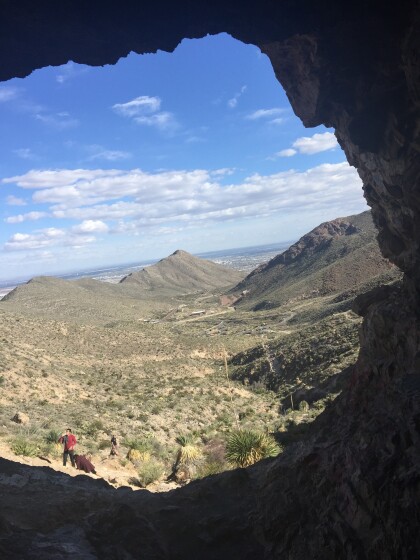
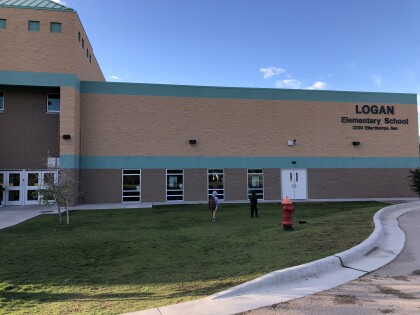


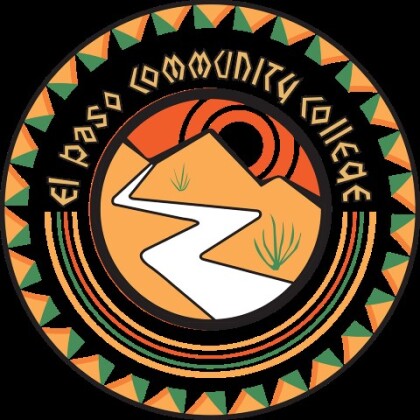
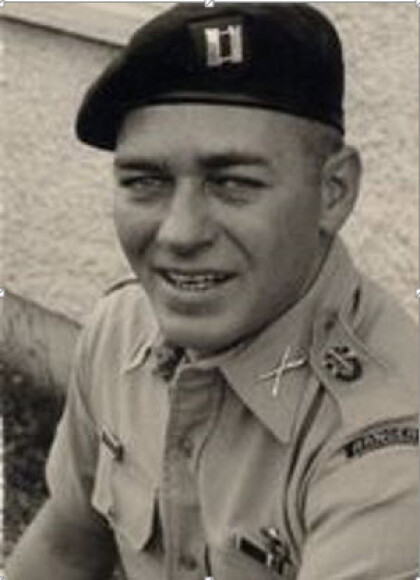

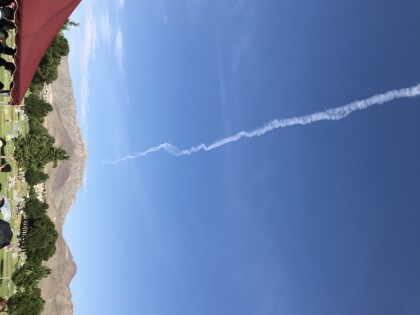
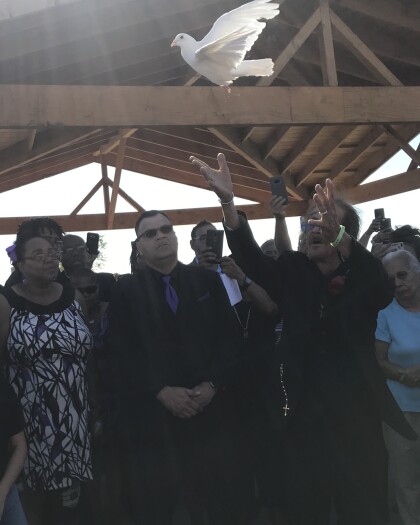

Comentarios
Hacer un comentario